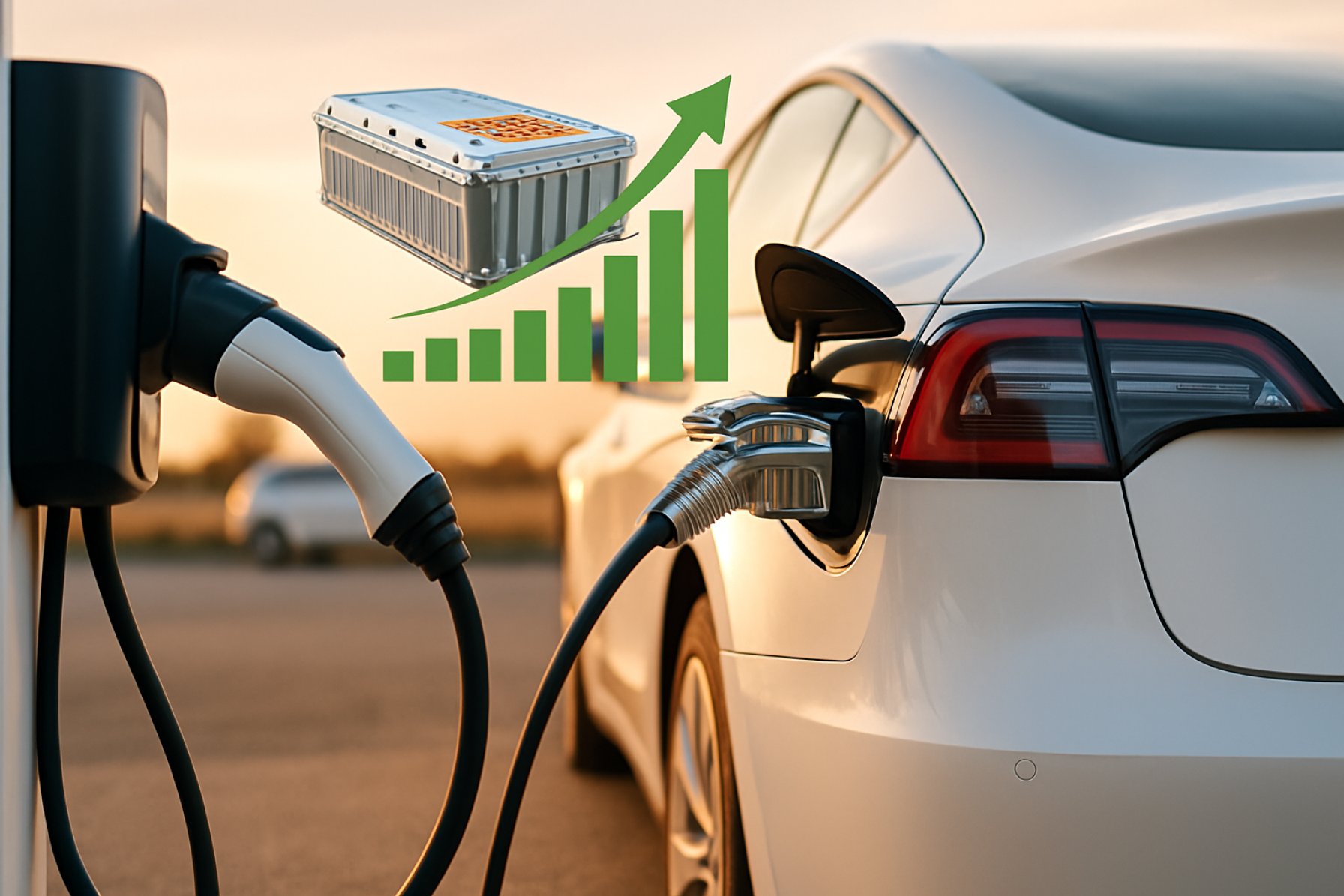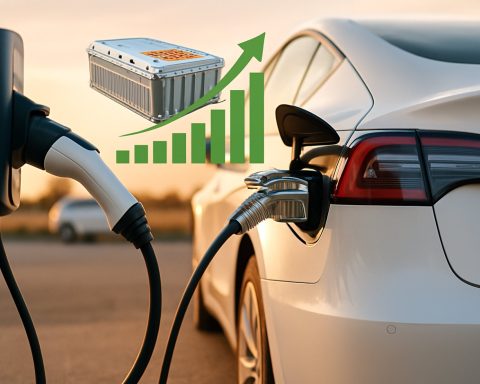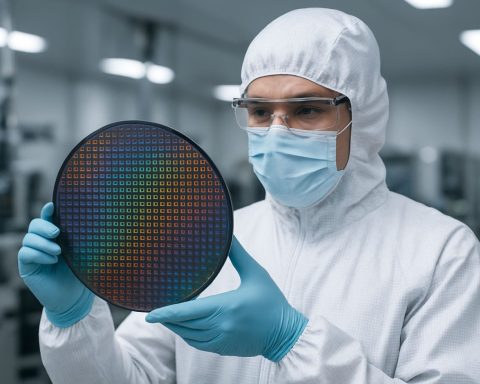Shocking Growth Ahead: EV Battery Market Set to Triple by 2032 – Here’s What’s Driving the Surge
The global EV battery market is projected to soar 195% by 2032, igniting revolutions in performance, safety, and greener tech worldwide.
- Market Value 2025: $95 Billion
- Predicted 2032 Value: $280 Billion
- Annual Growth Rate: 16.5% (CAGR 2025-2032)
- Dominant Region: Asia Pacific
The global electric vehicle (EV) battery market is on the brink of explosive growth, according to a milestone report by HTF Market Intelligence. With demand for green transport surging, the market is expected to triple in value from $95 billion in 2025 to a staggering $280 billion by 2032. This unstoppable rise, fueled by breakthroughs in battery science and aggressive decarbonization targets, is sending shockwaves across the automotive world and beyond.
Key manufacturers like China’s CATL, South Korea’s LG Energy Solution and Samsung SDI, Japan’s Panasonic, and U.S. giant Tesla are fiercely competing to dominate this fast-evolving landscape. Market segments—from lithium-ion and game-changing solid-state batteries, to applications in cars, buses, two-wheelers, and even marine vessels—are rapidly expanding their reach.
Why Is the EV Battery Market Booming?
Several powerful forces are accelerating growth. Global governments are set on slashing urban pollution, offering billions in incentives to drivers and manufacturers alike. Battery technology has made quantum leaps—solid-state batteries promise higher safety, faster charging, and more range with less weight.
Cities worldwide are investing in vast charging networks, gigafactories are rising in every region, and battery swapping stations are popping up to cut charging times further. As economies of scale kick in, even two-wheelers and commercial vehicles in emerging markets will electrify at breakneck speed.
Who Are the Biggest Players in the Game?
In the race for market share, industry powerhouses are flexing their muscles. Companies like CATL and BYD from China, LG Energy Solution and SK On from South Korea, Panasonic and AESC from Japan, as well as innovative startups like QuantumScape (USA) and Northvolt (Sweden), are investing billions in research and gigafactory expansion.
A new trend is international cooperation—joint ventures between automakers and battery specialists aim to secure rare metals supply chains and lock in next-gen intellectual property. For more about the latest business moves, check updates from Reuters and Bloomberg.
Q: What Types of EV Batteries Are Leading the Charge in 2025?
- Lithium-ion: The current workhorse, found in most electric cars, with continuous innovations in energy density and charging time.
- Solid-state: The holy grail—offering better safety, massive range, and minimal fire risk, expected to hit commercial markets by 2026–2027.
- LFP & NMC: Variants of lithium-ion tailored for different performance and cost profiles, gaining popularity in both entry-level and luxury segments.
- Lead-acid: Mostly used in two-wheelers and backup power, but being phased out for greener alternatives.
How Will the Market Evolve Regionally?
- Asia Pacific: Still the king, with China and South Korea leading investments and output.
- Europe: Fastest-growing, with nations like Germany and France outpacing the U.S. in new factory construction and EV adoption.
- North America: USA and Canada ramping up battery supply chains to reduce reliance on foreign imports.
Review the latest geographical market development at HTF Market Intelligence.
Q: What Are the Top Challenges Facing the Industry?
- Securing a stable, ethical supply of rare metals like lithium, nickel, and cobalt
- Overcoming recycling inefficiencies and reducing environmental impact
- Rolling out affordable, fast-charging infrastructure in every region
- Managing fire safety and battery disposal regulations as volumes skyrocket
Stay updated with latest insights from BBC and CNBC.
How to Capitalize: Steps for Investors, Automakers, and Policymakers
- Monitor policy changes and new government incentives for EV adoption.
- Track leading battery tech advancements—especially solid-state and second life usage.
- Invest in domestic manufacturing and rare mineral supply chain security.
- Push for sustainable recycling and next-gen battery management systems.
- Watch out for new market entrants and disruptive technology launches.
Don’t get left behind as the EV battery revolution transforms global transportation—take action now:
- Analyze regional growth trends regularly.
- Investigate partnerships with key battery manufacturers.
- Champion battery recycling and green supply chains.
- Prepare for new regulations in fire safety and urban EV deployment.
- Stay on top of emerging solid-state and fast-charging technologies.
The battery-powered future is already on the horizon. Plug into the latest trends, opportunities, and challenges—because the EV revolution will wait for no one.












